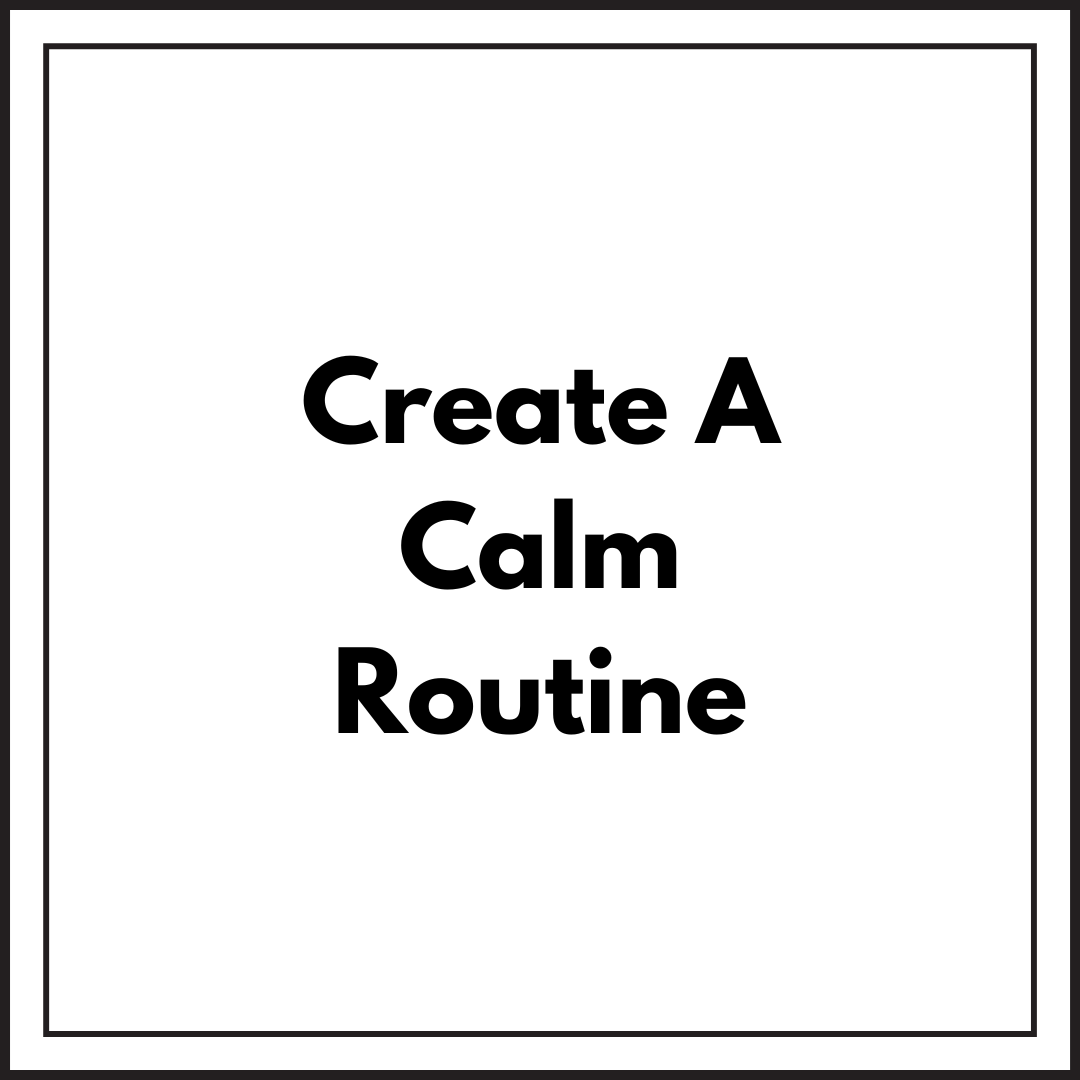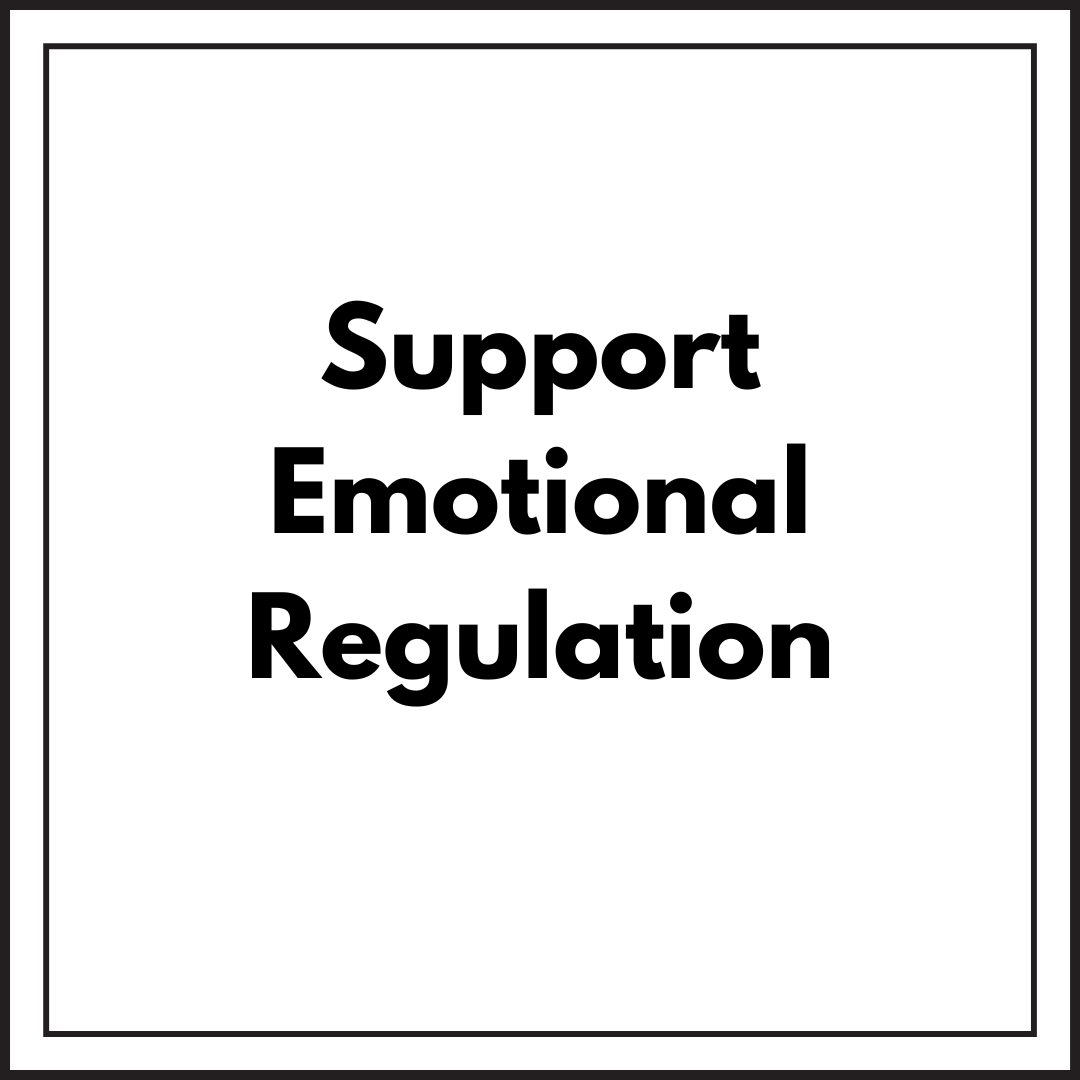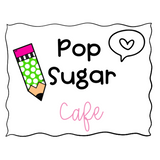
· By Elizabeth Muncey
How to Support Emotional Regulation at Home This Summer
Summer break can be a time of fun, freedom, and relaxation—but for many families of neurodivergent children, it can also bring challenges. Without the structure of school, kids with ADHD, Autism, or executive function struggles may have a harder time managing big emotions. The good news? With a few simple tools and some creative thinking, you can build a home-based summer routine that supports emotional regulation and keeps everyone feeling more balanced.
Why Emotional Regulation Matters
Emotional regulation is the ability to manage and respond to feelings in a healthy way. It’s a skill that grows over time—and summer is a great season to practice! Whether your child is dealing with anxiety, sensory overload, or frustration, having access to strategies and routines at home makes a big difference.
What Is Emotional Regulation?
Emotional regulation isn’t about stopping emotions—it’s about helping kids understand what they’re feeling and giving them tools to cope. For neurodivergent children, this might look like:
-
Using a calm-down corner with sensory tools
-
Following a visual schedule
-
Taking movement breaks throughout the day
-
Practicing deep breathing or mindfulness
Let’s dive into 30+ low-stress, high-impact ways to help your child build emotional regulation skills this summer at home.
1. Emotional Regulation Activities for Kids at Home
Create a space where emotional regulation becomes part of everyday life. Activities like coloring emotion faces, using emotion cards, or building an emotional wheel can help kids name their feelings and learn how to respond.
2. Summer Coping Strategies for Neurodivergent Kids
Include coping tools in your daily routine: fidget spinners, playdough, movement cards, or emotion check-in sheets. Let your child personalize their toolkit to feel empowered.
3. Calming Techniques for ADHD Kids During Summer
Introduce calming jars, nature walks, or mindfulness scripts tailored for kids with ADHD. Focus on short, repeatable activities that engage their senses and provide a sense of control.
4. Sensory-Friendly Summer Routines for Children
Build your days with sensory balance in mind. Alternate active time with calm activities, include breaks for water play, and use visual timers or schedule strips.
5. Emotional Regulation Tools for Autism at Home
Offer clear tools like a laminated emotion meter, weighted lap pads, visual supports, or sensory bins. Keep these accessible and part of the regular routine.
6. Printable Emotional Regulation Chart for Summer
Use a daily emotional check-in chart with visuals like emojis or traffic lights. Let kids point to how they feel, then choose a calming strategy from a laminated menu.
7. How to Teach Kids Self-Regulation During Break
Model self-regulation in your own behavior. Narrate when you're taking a deep breath or stepping away to calm down. Kids learn best by watching!
8. Summer Break Emotional Support Ideas for Families
Set weekly goals like “practice calming strategies 3x a day” or “try one new mindfulness activity.” Make it fun with a reward chart or family challenge.
9. Screen-Free Calming Activities for Kids with Big Emotions
Replace screen time with calming alternatives: puzzles, sticker books, origami, painting, or listening to calming music. Try making a quiet time bin.
10. Summer Mindfulness Activities for Children at Home
Create a mindfulness jar, go on a mindful walk, or do a 5-senses scavenger hunt. Apps like Headspace for Kids or YouTube mindfulness channels can help.
11. Easy Summer Sensory Breaks for Emotional Regulation
Build sensory breaks into your routine with options like swinging, stretching, water beads, or jumping on a trampoline.
12. Helping Anxious Kids Regulate Emotions at Home
Prepare a worry box, practice guided breathing, or create story-based social scripts that walk through common summer transitions like camp, vacation, or guests.
13. Executive Function Support During Summer Break
Use time management cards, daily checklists, or planners. Break tasks into steps and celebrate progress, even if it’s just brushing teeth without a reminder.
14. Home-Based Emotional Regulation Ideas for Preschoolers
Play-based tools work well: feeling puppets, matching games, emotion charades, or reading books like "The Color Monster" or "B Is for Breathe."
15. Summer Toolkit for Emotional Self-Regulation
Make a portable kit with ear defenders, sunglasses, chewy necklaces, calm-down cards, and lotion for sensory input.
16. Daily Regulation Schedule for Summer Vacation
Create a visual schedule that includes meals, rest, outdoor time, and emotional check-ins. Predictability lowers anxiety.
17. Summer Transition Tips for Kids with Autism
Use social stories, countdown calendars, and consistent routines for transitions like the start of summer camp or family road trips.
18. Printable Calm Down Corner Setup for Summer
Set up a calm-down space with visual prompts, a comfy chair, favorite stuffed animal, and a bin of self-regulation tools.
19. Visual Schedules for Emotional Regulation at Home
Post morning, afternoon, and bedtime visual routines. Add choice boards or first/then charts for flexibility.
20. Behavior Tracking Tools for Summer Emotional Support
Use sticker charts, emotion logs, or color-coded daily reports to track progress and identify patterns.
21. Summer Fun That Supports Emotional Growth
Try cooperative games, family yoga, or group storytelling—activities that naturally build communication and self-awareness.
22. Activities to Manage Summer Meltdowns at Home
When meltdowns happen, lower the lights, reduce language, and offer choices like swinging, a cold drink, or lying under a weighted blanket.
23. Neurodiverse-Friendly Calming Kits for Summer
Create personalized kits that live in the car, the beach bag, or grandma’s house. Familiar tools = calm on the go.
24. Emotional Check-In Printables for Summer Days
Use a simple morning/evening emotion tracker. Bonus: Let your child draw or write about their favorite and hardest moments.
25. Coping Skills Workbook for Summer Vacation
Make or buy a summer-themed workbook with coloring, journaling, breathing exercises, and coping skills games.
26. Self-Regulation Strategies for Hot Summer Days
Hydration, cool baths, frozen fruit snacks, and shaded quiet spaces help regulate both temperature and mood.
27. Family Emotional Regulation Games for Summer
Play games like Feelings Bingo, “Act It Out” emotion charades, or cooperative board games that teach turn-taking and patience.
28. Summer Breathing Exercises for Kids at Home
Use fun visuals like "smell the flower, blow out the candle" or printable breathing shapes like rainbows and stars.
29. How to Support Kids’ Emotions Without Screens
Use storytelling, movement, and hands-on activities instead of passive screen time when emotions rise.
30. Summer Emotion Cards and Tools for Regulation
Laminate emotion cards and calming strategy cards. Let kids build their own coping sequence when they feel dysregulated.
Final Thoughts: Summer Can Still Be Regulating
Your home doesn’t have to be perfect—it just needs to feel safe, supported, and full of opportunities to connect and regulate. Emotional regulation is a lifelong skill, and every little practice this summer brings your child one step closer to mastering it.
Need tools to help? Check out our Summer Emotional Regulation Bundle in the shop—packed with visual schedules, coping cards, behavior charts, and more!
Because every child deserves to feel understood, especially during summer break.





